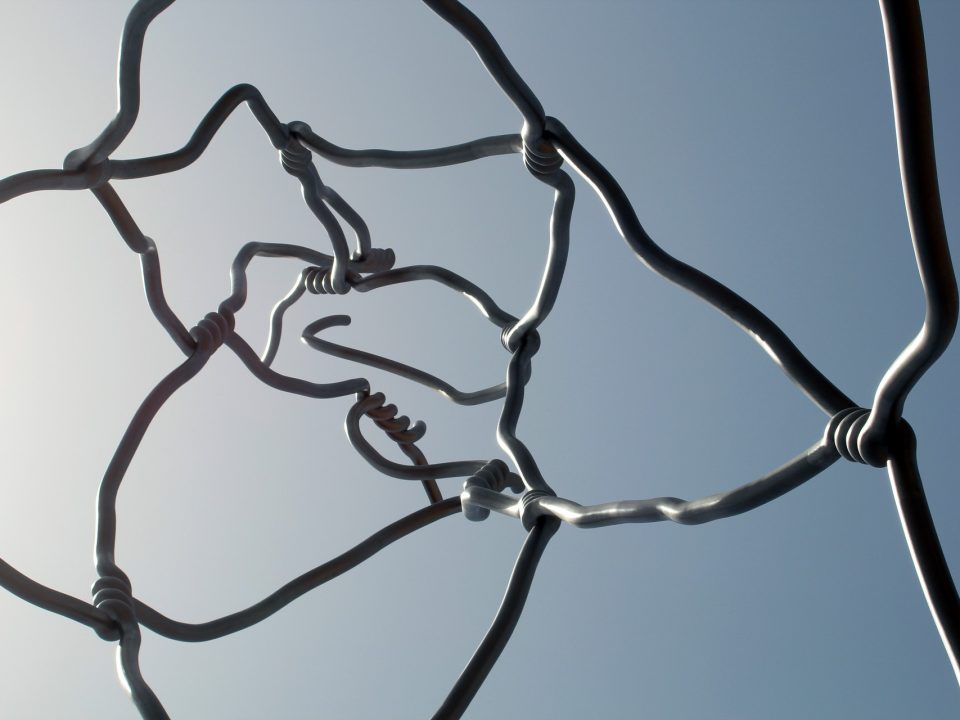A Visual Guide to Philadelphia Landmarks (Part 1)

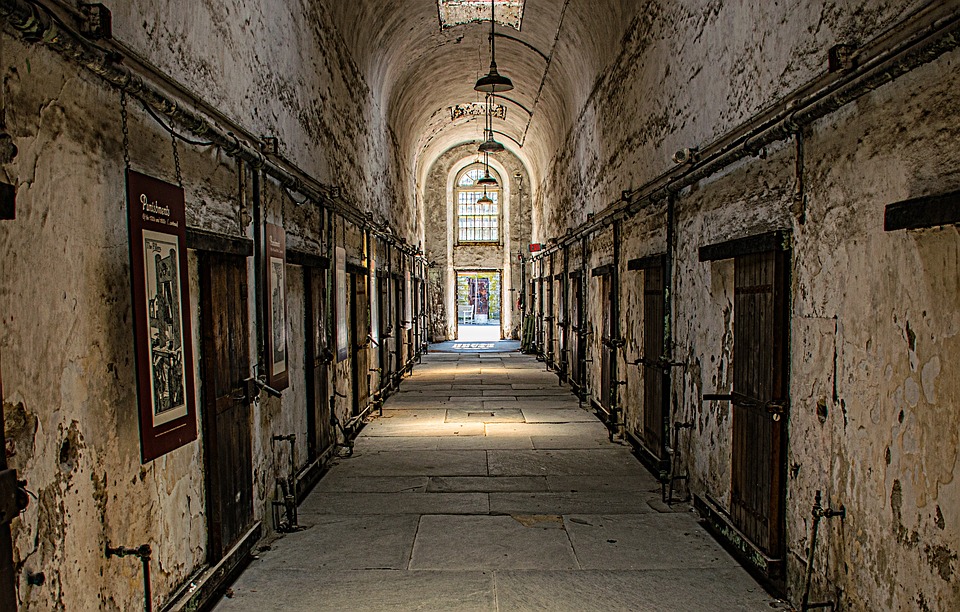
Eastern State Penitentiary: Operational from 1829 until 1971, this abandoned prison has been declared a historic landmark. At the time it was built, it was the largest and most expensive public structure in America, and its scale and design served as a model for more than 300 other prisons throughout the United States. The prison’s neo-Gothic architecture was intended to intimidate would-be criminals, and the institution’s single-windowed cells were meant to remind the person inside that the “eye of God” was upon them, in keeping with the 19th-century idea of prisons as places of reform. Today, tours of the penitentiary are given every day of the year. Rumors abound that the prison is haunted, and Halloween ghost-hunting tours are popular.
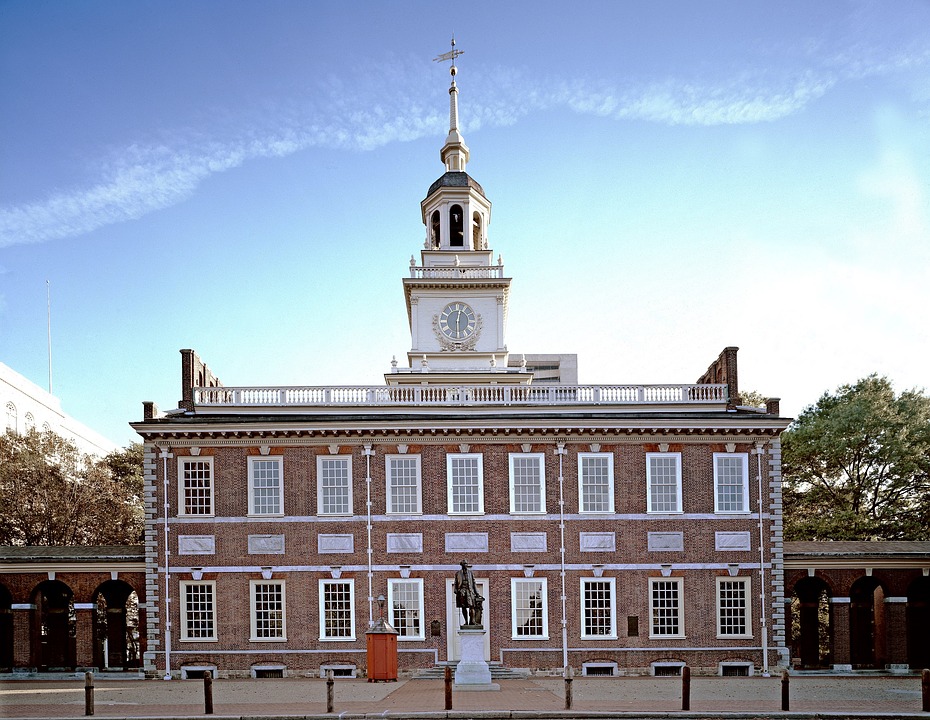
Independence Hall: Completed in 1753, this Philadelphia landmark is the building where both the United States Declaration of Independence and the United States Constitution were debated and adopted. Today, it is the crown jewel of Independence National Historical Park in Philadelphia. The building is a work of living history. The Georgian-style building has been renovated, partially demolished, and then restored over the centuries. Today, the inside of Independence Hall is a mid-20th century reconstruction by the National Park Service with the public rooms restored to their 18th century appearance.
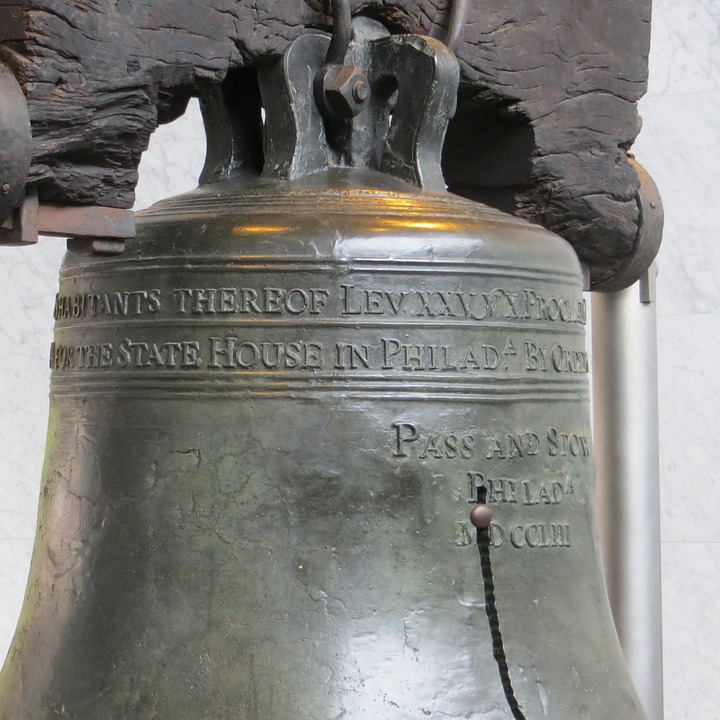
Liberty Bell: The Liberty Bell, one of the greatest symbols of American democracy, used to be placed in the steeple of the Pennsylvania State House (now renamed Independence Hall), the bell today is located in the Liberty Bell Center in Independence National Historical Park. First cracked when it was rung upon its arrival in Philadelphia, the bell was used to summon lawmakers to legislative sessions and to alert citizens about public meetings and proclamations. It was recast twice, and sustained its current crack early in the 20th century.
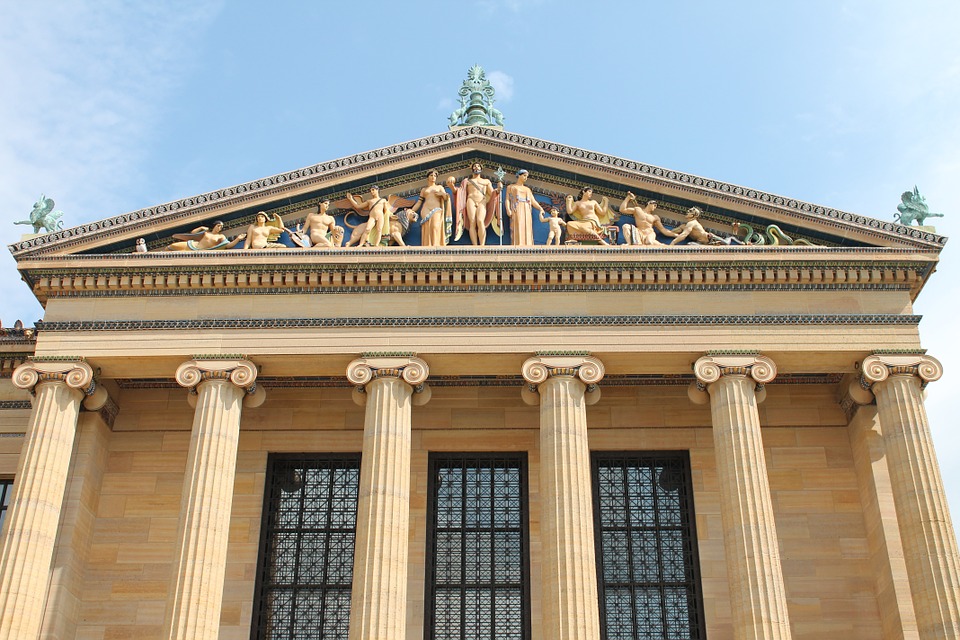
Philadelphia Museum of Art: From Wikipedia: “The Philadelphia Museum of Art is an art museum originally chartered in 1876 for the Centennial Exposition in Philadelphia. The main museum building was completed in 1928 on Fairmount, a hill located at the northwest end of the Benjamin Franklin Parkway at Eakins Oval. The museum administers collections containing over 240,000 objects including major holdings of European, American and Asian origin. The various classes of artwork include sculpture, paintings, prints, drawings, photographs, armor, and decorative arts.“



